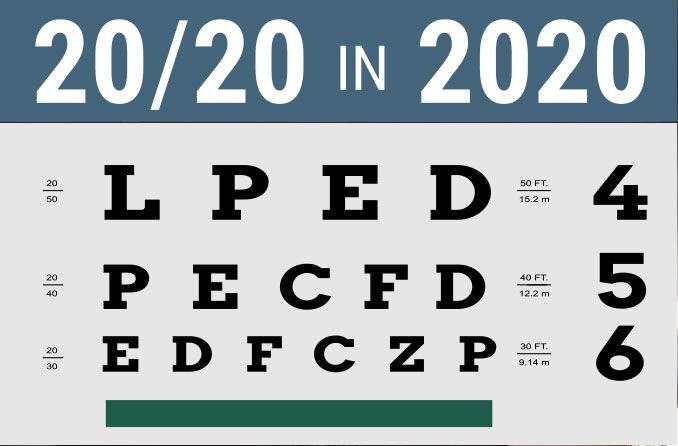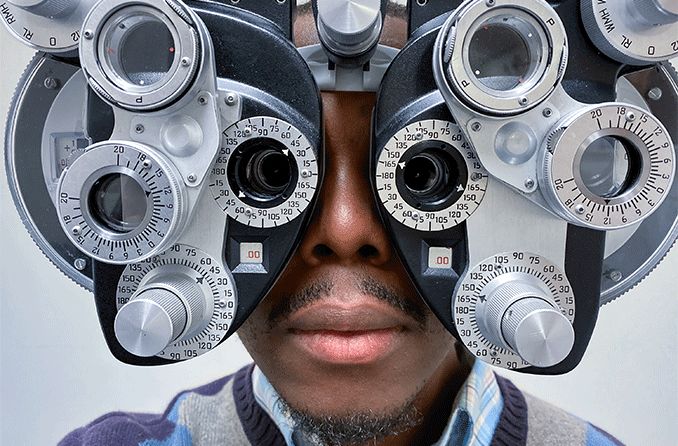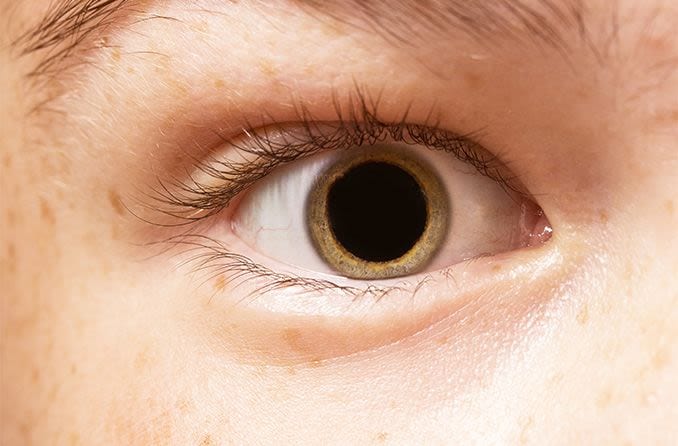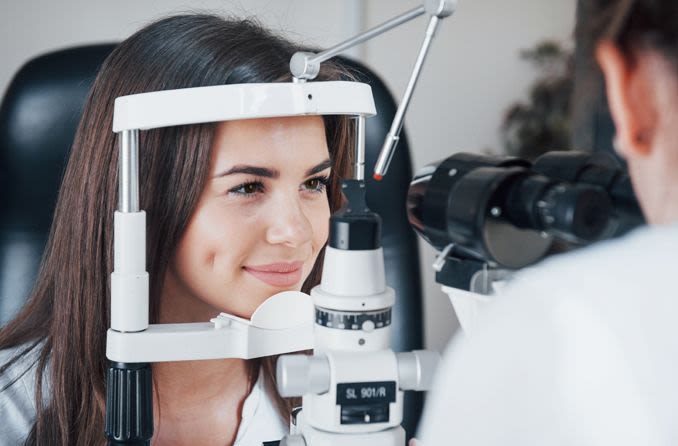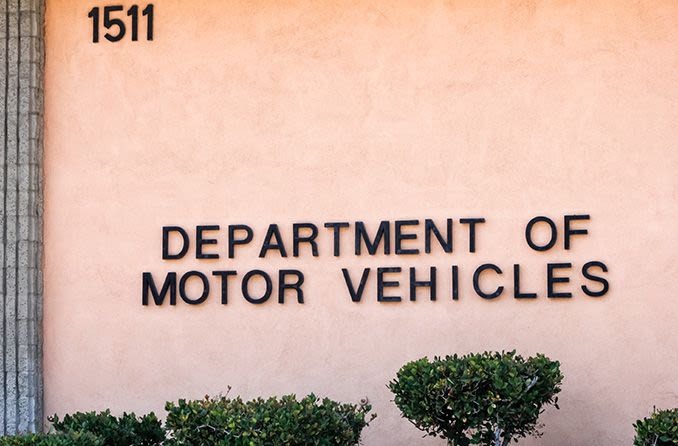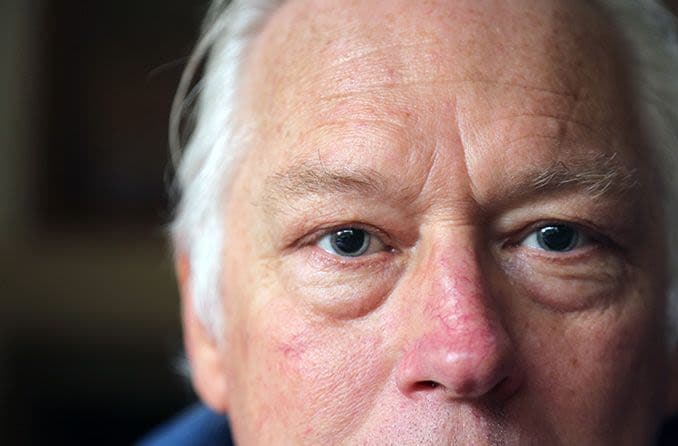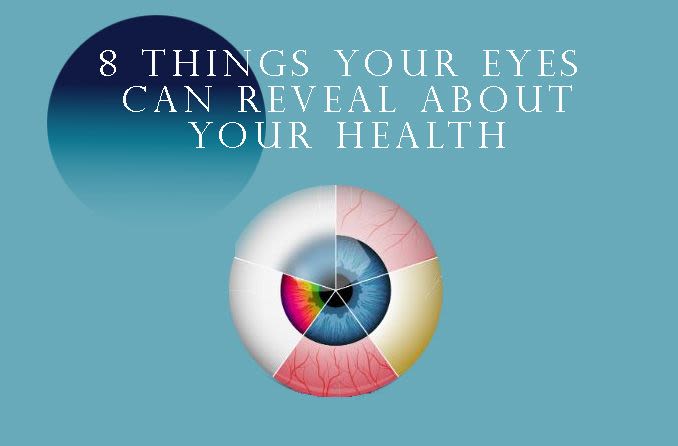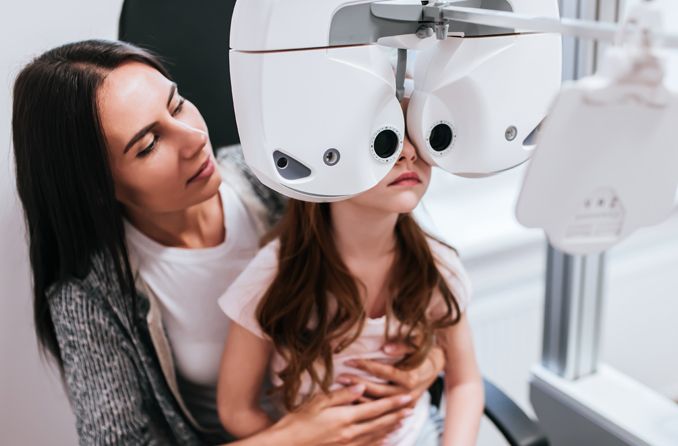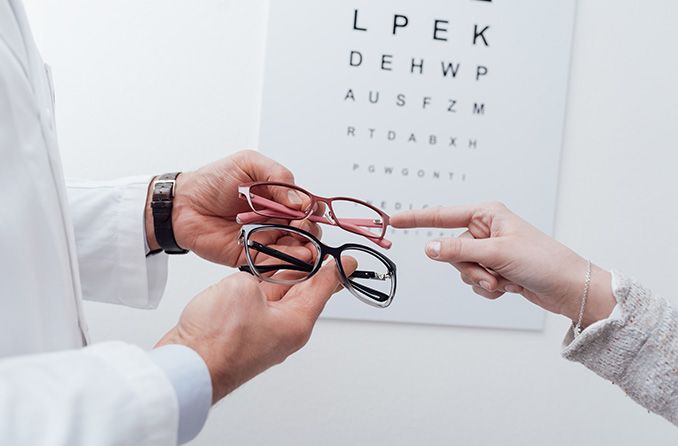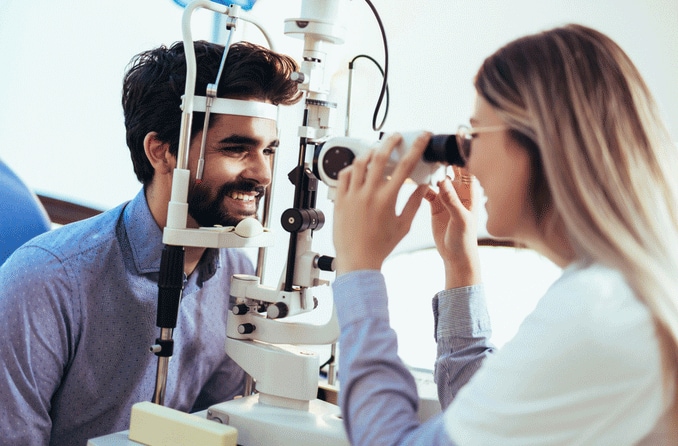What better year than 2020 to focus on 20/20 vision, the importance of regular eye exams and how to maintain overall eye health?
As Burt Dubow, OD, FAA, an All About Vision editorial advisory board member whose cellphone's last four digits are 2020, says, “2020 is an iconic number for all eye folks.
"Even though it is not the very best visual acuity, it is the standard most people use when referring to good vision,” he adds.
So, in this year focused on good vision, let’s answer some common questions about 20/20 vision, other levels of visual acuity and how less-than-good vision can be corrected to 20/20.
What is 20/20 vision?
Is 20/20 really “normal, good vision”? Technically, yes.
The American Optometric Association explains that 20/20 vision refers to someone’s visual acuity — the clarity or sharpness of vision — measured at a distance of 20 feet without vision correction (such as eyeglasses or contact lenses).
So, if you have 20/20 vision, you can see clearly at 20 feet what typically should be seen at that distance. But if you have 20/100 vision, you must be as close as 20 feet to see what a person with normal vision can see at a 100-foot distance.
Is 20/20 perfect vision?
While 20/20 vision is normal, it is not perfect vision.
There’s “more to eye care than 20/20 vision,” says Barbara Horn, president of the American Optometric Association.
Other factors, such as peripheral vision and depth perception, go into determining whether your vision is ideal.
The 20/20 mark is “simply a point of reference,” says Dr. Mark Wilkinson, clinical professor of ophthalmology and visual sciences at the University of Iowa Carver College of Medicine.
“It doesn’t speak to quality of vision, which is one of the things that people get confused about — quality versus quantity,” Wilkinson says.
For example, the 20/20 measurement gauges the quantity of your vision (the ability to recognize letters on an eye chart), while a contrast sensitivity test determines the quality (how well you’re able to discern between light and dark, or contrast).
How is 20/20 vision determined?
Eye care professionals traditionally test for 20/20 vision by having you look at letters on an eye chart. Most optometrists and ophthalmologists use what’s known as the Snellen chart, dating back to 1862.
Eleven rows of capital letters usually appear on the Snellen chart. The first line shows one large letter. Row by row, the number of letters increases while the size of the letters gradually decreases. An eye care professional tests each eye’s vision without eyeglasses or contact lenses.
What does 20/20 mean?
The first number when measuring visual acuity (such as 20) refers to the distance in feet that you stand from the chart, according to the American Academy of Ophthalmology.
The second number (such as 20) indicates the distance where someone with normal eyesight can read the same line that you read correctly.
In most cases, the first number stays at 20, while the second number can vary.
Can you cheat on your eye test?
In the past, eye charts were printed on paper, and the letters remained in the same order. Therefore, somebody potentially could memorize the sequence of the letters.
Today, eye care professionals increasingly rely on electronic charts that randomly switch the order of the letters, Wilkinson says. With computerized eye charts, “there’s no way people can cheat,” he says.
A traditional Snellen eye chart features the letters C, D, E, F, L, O, P, T and Z.
Is 20/20 vision common?
Only about 35% of adults have 20/20 vision without glasses, contact lenses or corrective surgery, according to the University of Iowa Hospitals & Clinics. Including those using corrective measures, about 75% of adults have 20/20 visual acuity.
The remaining 25% of adults don’t see too well.
What is 20/15 vision? What is 20/40 vision?
Some people can see at 20/15 without vision correction, which is better than 20/20, says James Chapman, assistant dean of clinical affairs at the University of the Incarnate Word Rosenberg School of Optometry in San Antonio, Texas. On rare occasions, someone can even see at 20/10.
Wilkinson notes that some people mistakenly believe that if their vision is 20/40, their vision is two times worse than 20/20. Actually, 20/40 means their vision is simply three lines worse on the eye chart (which is much better than two times worse), he explains.
If your vision is 20/1400, though, it’s 700 times worse than 20/20.
What is considered poor vision?
If your vision is worse than 20/20, when is it considered bad?
At 20/25, you probably won’t need glasses, contacts or other vision correction, Chapman says. Correcting your vision from 20/25 to 20/20 likely wouldn’t improve your vision performance or your quality of life, he notes.
“Why bother? It doesn’t do you any good,” Chapman says. “You go around with both eyes open at the same time, so what happens is, you’re going to see as good as your best-seeing eye.”
However, Wilkinson points out that a patient who’s at 20/25 might be disappointed if their vision stays at that point when it can be elevated to 20/15.
How can vision be corrected to 20/20?
If someone’s vision is worse than 20/20 — like 20/40 — eye care professionals characteristically aim to improve it to at least 20/20 through prescription glasses, contact lenses or corrective surgery, Chapman says.
For example, at 20/30, a patient might need vision correction, depending on his or her work or lifestyle, Chapman says.
For instance, a spreadsheet-adoring, number-crunching accountant whose vision is 20/30 might want sharper up-close vision than someone like a farmer does, Chapman says. Therefore, the accountant might ask for vision correction to at least 20/20.
“Different people have different demands for how clear their vision should be,” he says.
Can you have different visual acuity in each eye?
In some cases, the visual acuity of a person’s right eye might differ from the visual acuity of the left eye, he says. For instance, the right eye might be 20/50 and the left eye is 20/60. But in that situation, the difference in visual acuity between the two eyes is minimal.
“Ninety-nine percent of the time, the two eyes are identical and symmetrical, which means that they’re basically mirror images of each other,” Chapman says.
What about someone with 20/20 vision in one eye but 20/100 in the other? “That changes the whole ballgame,” he says.
While that person still might see as well as their best-vision eye (20/20), their depth perception might be off and vision correct might be called for, he says.
What is considered low vision? What is legal blindness?
Here are some common benchmarks for low vision and legal blindness:
Low vision, caused by diseases such as macular degeneration, glaucoma and diabetic retinopathy, is classified as 20/70 or worse in the better eye, and it can’t be improved with regular glasses, contacts, medicine or surgery, according to the American Federation for the Blind.
Most federal agencies and health care providers in the U.S. define “legal blindness” as 20/200 or worse.
Vision requirements for a driver’s license vary from state to state, with the minimum number for corrected vision often ranging from 20/40 to 20/60 for the best eye or both eyes.
Will you need glasses or contacts with 20/20 vision?
Under most circumstances, someone with 20/20 vision won’t require glasses, contact lenses or other vision correction, Chapman says. At that level, they enjoy enough vision clarity to carry out everyday tasks and activities “without having to worry about vision being an obstacle,” he says.
But people with 20/20 vision might need vision correction if they suffer headaches after staring at a computer much of the day or if they experience other vision problems.
“Just because you see 20/20 doesn’t mean your eyes are perfect and you don’t need glasses,” Chapman says.
WHEN WAS YOUR LAST EYE EXAM? Find an eye doctor near you and schedule an appointment.
